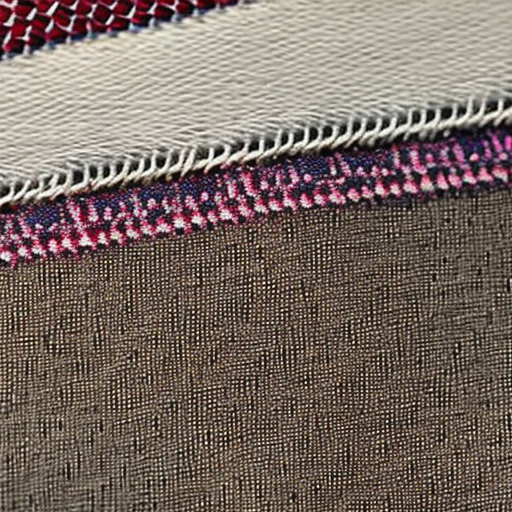Sewing Stitches Made Simple
Learning to sew can be a rewarding and practical skill that allows you to create and mend your own clothes and household items. One of the essential techniques to master as a beginner is sewing stitches. These basic stitches can be the building blocks for a wide variety of sewing projects.
Running Stitch
The running stitch is the simplest and most commonly used hand stitch. It uses a single, continuous thread to form evenly spaced, small stitches. This stitch is great for basting or gathering fabric layers together temporarily.
Backstitch
The backstitch is a strong hand stitch that is excellent for securing seams or attaching patches. It consists of alternating a regular forward stitch with a backward stitch to create a sturdy, continuous line of stitches.

Blanket Stitch
The blanket stitch is often used for decorative purposes and edges that won’t undergo heavy stress. It creates a looped stitch resembling a series of “v”s. This stitch is commonly used for finishing the edges of blankets, appliqué, and embroidery.
Zigzag Stitch
The zigzag stitch is commonly done using a sewing machine and is used for finishing raw edges, preventing fraying, or sewing stretch fabrics. It creates a secure stitch pattern that moves in a zigzag formation.

Overcast Stitch
The overcast stitch is another method for finishing raw edges and preventing fraying or unraveling. It is typically done by hand and consists of looping the thread over the fabric’s edge to encase it, creating a neat finish.
Final Thoughts
These are just a few examples of basic sewing stitches that beginners can easily practice and incorporate into their sewing projects. Mastering these stitches will provide a solid foundation for more complex techniques, allowing you to tackle a wide range of sewing creations with confidence.




